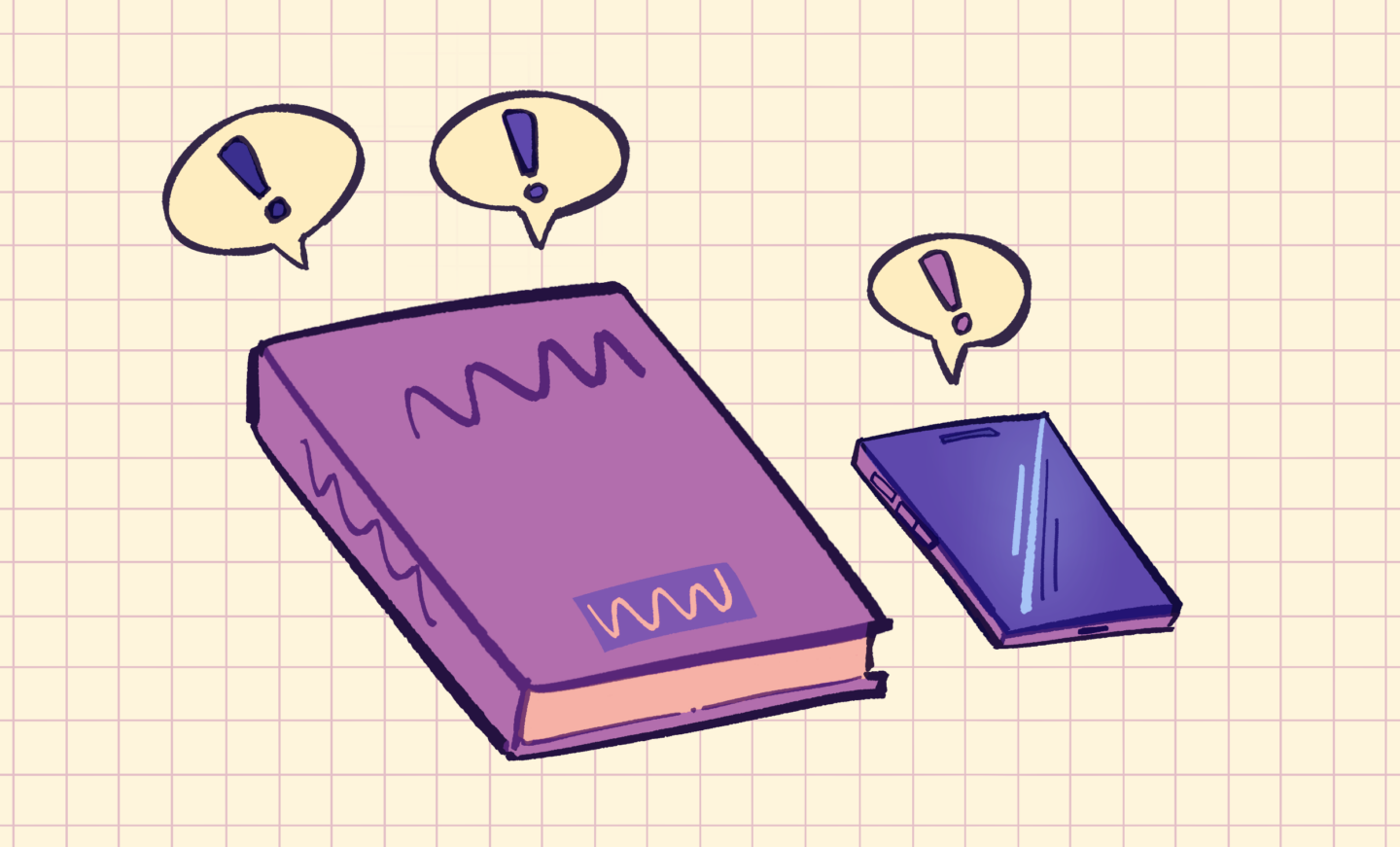Fern’s Article
Mental Health Supports in BC High Schools
British Columbia’s high school education aims to support and uplift its students with the mental health support system it has created over the last decade. This support system has been especially highlighted in recent years due to the rising amount of support needed during the pandemic in 2020 and the long-lasting effects of the pandemic. Since then, the government (both federally and provincially) has set aside money within its budget to improve mental health support for students, so they are more easily accessible. These supports include teaching mental health literacy, tools to aid in managing mental health, and how to support others with their mental health. These developments aim to create a safer and more encouraging learning environment for students.
Throughout the years, many supports have become more accessible and widespread as the call for mental and physical health assistance has increased. Secondary-age students particularly need mental health support because they are vulnerable, and the skills students learn in high school are often used for the rest of their lives. If the B.C. education system could change the curriculum to include mental health support and information, students would become better equipped to manage their own mental health, which they can, in turn, use in the future.
Katie’s Article
School District 61’s Executions of their Inclusivity Policies
It is the school district’s responsibility to ensure their students are cared for from all angles. In this approach, the diversity policies within the SD61 Secondary school education system and the resources in place to ensure their students are treated equally, safely, and respectfully will be examined throughout the district. The topics of queer policies, physical and mental health, Indigenous practices, and internet safety policies will be explored and critiqued based on their executions in the school system. This article will pull resources from the public GVPL legislative files via the SD61 school board and the educator web sources available through the SD61 websites. Other resources being consulted will be Mrs. Ally Hoffman, Esquimalt High’s Vice Principal and former head counsellor; and the author’s experience from her secondary school career. Hoffman has been in the corner of many struggling students, and she can attest firsthand to the experience of being on both sides of the curriculum: teaching it and experiencing it.
The district must make sure students feel seen, included, and safe in their schools. It is crucial that these students have resources they can pull from and start building foundations to look after themselves long after they’ve graduated. Schools cannot boast about their equality and dedication to student well-being if the action and drive are not there. These students need to have resources that are accessible as possible — and it is the responsibility of the school district and the schools themselves to make sure these are available for their student body.
Kyla’s Article
Is the BC Curriculum Reform an Act of Real Reconciliation? An Analysis of Secondary Level Curriculum
BC’s current secondary curriculum has undergone past revisions to incorporate Indigenous perspectives and representations into classroom settings. While the BC government’s intentions are in the right place, the reform to the curriculum has had little to any effective change. Revised Integrated Resource Packages – used as teacher guides – fail to integrate local Indigenous experiences and ways of knowing into secondary courses. Further, many implemented suggestions are voluntary for teachers. The government’s voluntarist approach to curriculum reform positions teachers responsible for consulting with local First Nations communities and designing and implementing course material. However, many teachers feel unequipped to teach Indigenous studies, let alone individually design lessons. Why? Because teachers gained their education in a system that fails to represent Indigenous peoples accurately, prioritizes Eurocentrism and whiteness, and upholds the state’s status quo through a discourse of multiculturalism.
This article pulls from curriculum documents provided by the BC Ministry of Education and various scholars analyzing the curriculum design, to highlight the need for change. It is time that BC’s secondary academia represents our diverse population to ensure that every member of the school community feels respected, appreciated, and authentically represented. Integrating Indigenous ways of knowing and researching into BC’s education system will alter how individuals understand themselves, their privileges, and their roles and responsibilities within broader society. Ultimately, reforming academia to include Indigenous perspectives will strengthen cross-cultural relations between all people living in BC.
